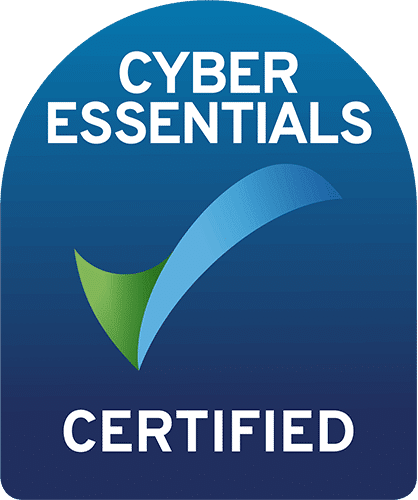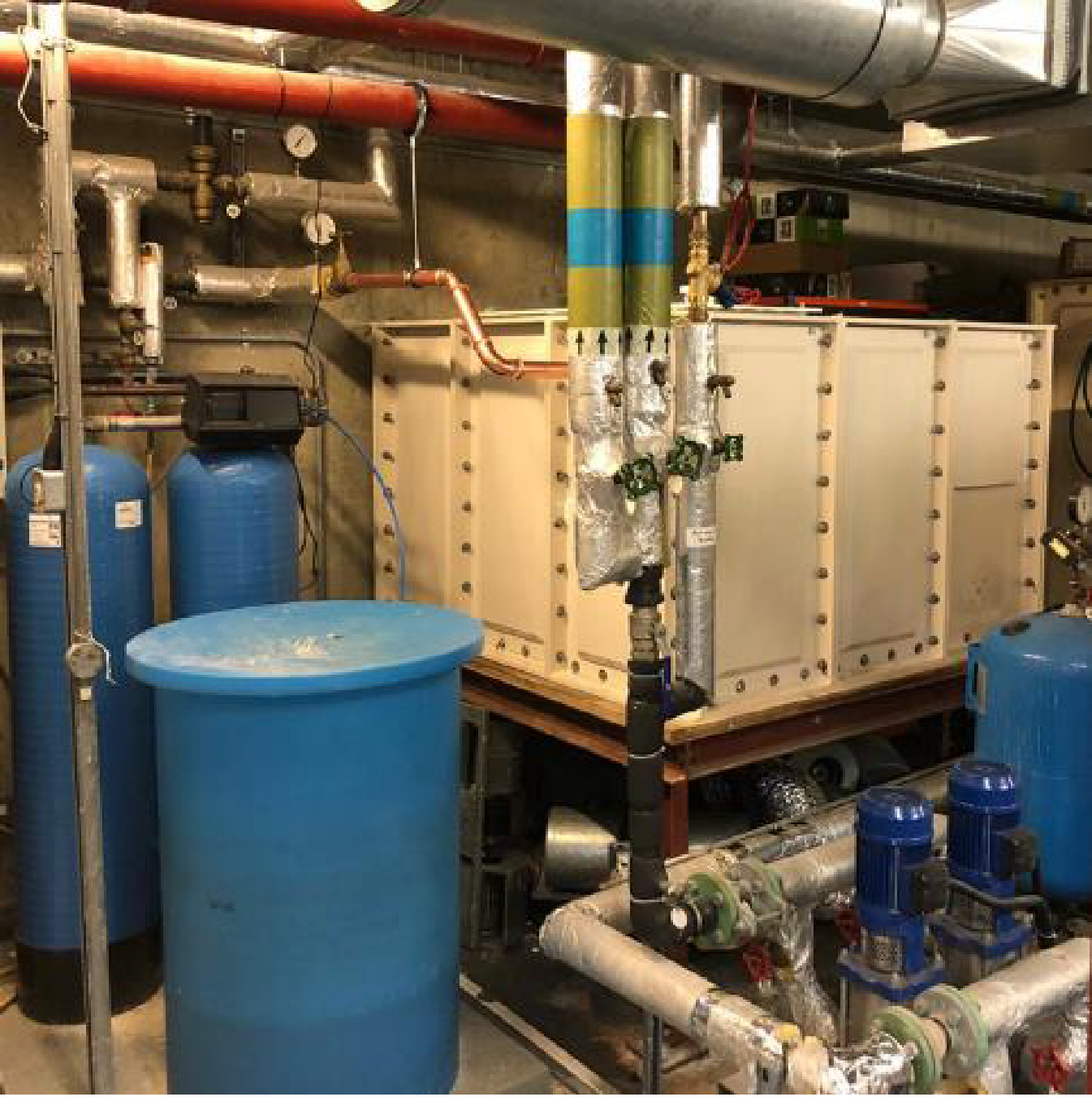At a glance
Buildings that have been shut down or experienced reduced occupancy—whether due to maintenance, renovation, or emergencies such as a pandemic—must not have their water systems returned to service without proper recommissioning. Failure to do so can significantly increase the risk of Legionnaires’ disease outbreaks.
Responsibility
The responsibility for Legionella control remains with the Dutyholder. Proper planning and action are critical to safeguarding public health.
For small, simple hot and cold water systems Primary Water Solutions would be recommending flushing through with fresh mains water and testing the system post flushing procedure implementation. Larger buildings such as those with tanks, showers, calorifiers and more complex pipework, it is likely to be for more extensive flushing followed by cleaning and disinfection and followed up with sampling to prove efficacy of disinfection procedure.
In all cases where systems are being recommissioned it is sensible to have evidence to prove and reassure that the recommissioning process has been effective. Sampling to BS7592 should be considered for recommissioning plans to validate the effectiveness of the process. As per HSG274 part 2, samples should be taken 2-7 days following recommissioning and not on the day of disinfection. Follow up samples may need to be considered as part of the recommissioning plan.
Guidance
As per HSG274 part 2, samples should be taken 2-7 days following recommissioning and not on the day of disinfection. Follow up samples may need to be considered as part of the recommissioning plan. During the potential warmer months, it is likely that some increase in bacteria levels and biofilm will occur, and it may become apparent that a simple disinfection at 50ppm of chlorine for an hour may not be successful. Be prepared that the need to repeat some disinfections to achieve success may occur.


